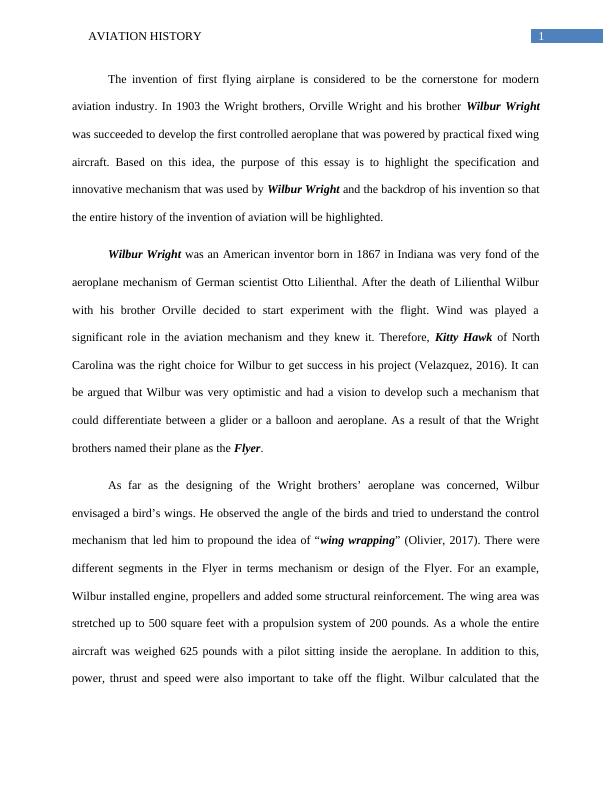Ask a question from expert
Aviation History: The Invention of the First Flying Airplane
5 Pages1081 Words161 Views
Added on 2023-06-01
About This Document
This essay highlights the specification and innovative mechanism used by Wilbur Wright and the backdrop of his invention, shaping the foundation of aeroplane construction in real.
Aviation History: The Invention of the First Flying Airplane
Added on 2023-06-01
BookmarkShareRelated Documents
End of preview
Want to access all the pages? Upload your documents or become a member.
Neil Armstrong: A Pioneer in Aviation and Aerospace
|14
|4779
|86

